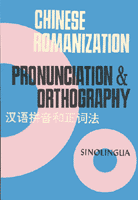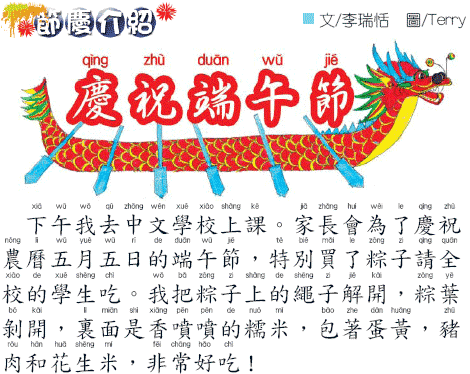This seems as good an announcement as any to end my hiatus from posting. Sino-Platonic Papers has just rereleased a popular issue of likely interest to many readers of Pinyin News: Writing Taiwanese: The Development of Modern Written Taiwanese (2.2 MB PDF), by Alvin Lin.
The table of contents gives a pretty good picture of what’s inside:
Preface
Introduction
The Status Quo: Characters and Taiwanese writing
- The Roots of Writing in Taiwanese: Wenyan, baihua and academic Taiwanese
- The Missing 15 Percent: Developing a written vernacular
- One Attempt at Finding the Missing 15 Percent: Yang Qingchu’s Mandarin-Taiwanese Dictionary
Writing Romanized Taiwanese
- The Roots of Romanized Taiwanese: Church Romanization
- Church Romanization Today: The Taigu listserver
- An Indigenous System: Liim Keahioong and Modern Literal Taiwanese
Linguistic and Social Considerations
- Some Linguistic Classifications
- Dealing with Homonyms: Morphophonemic spelling
- Tones in Taiwanese: Surface vs. Lexical tones
- Representing Dialects: Picking a standard written form or representing all dialects
- Summary of Linguistic Concerns: Deciding the degree of coding
- Writing, Reading, Printing, Computing, Indexing and other Practical Concerns
- Social Concerns: Tradition and Political Meaning
- Conclusion: Future Orthography Policy on Taiwan
Bibliography
Appendices:
- Email Survey
- Pronunciation guide to church romanization
List of Tables and Illustrations:
- Table 1: Suggested Characters for Taiwanese Morphemes from Three Sources
- Figure 1: Yang Qingchu’s Taiwanese-Mandarin Dictionary
- Figure 2: Church romanization
- Figure 3: Modern Literal Taiwanese
- Figure 4: Sample e-mail from Taigu listserver
This was first published in 1999 as issue number 89 of Sino-Platonic Papers.

 The latest excerpt from Yin Binyong’s book on Pinyin orthography covers
The latest excerpt from Yin Binyong’s book on Pinyin orthography covers 
